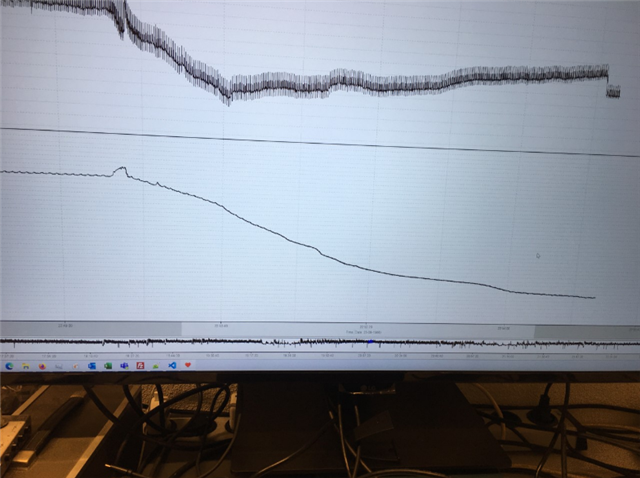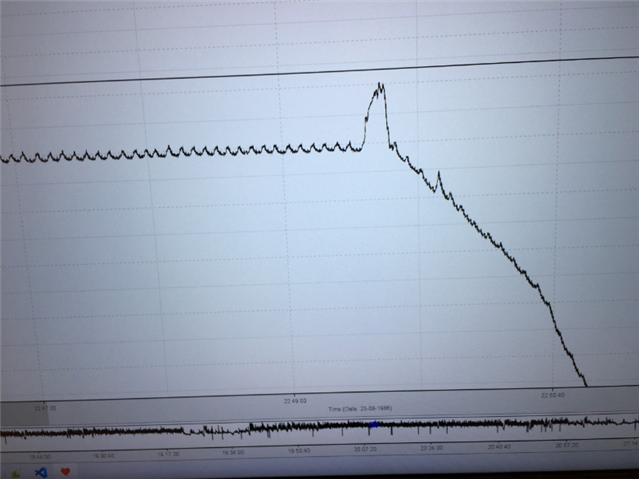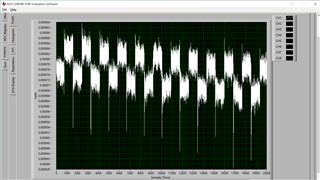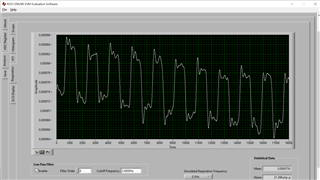Other Parts Discussed in Thread: , ADS1296R
Hi Team,
Good day. I am posting this inquiry on behalf of the customer.
Please see the inquiry below.
"We discovered a strange effect. It looks like the demodulation phase for the ICG was shifting about 90 deg and not in big steps but very slowly in small steps. I do not think this can happen in the ADS1298R but just to be sure: do you have any comments on this? The signal slowly inverted!"
Thank you for extending your help.
Kind regards,
Marvin






